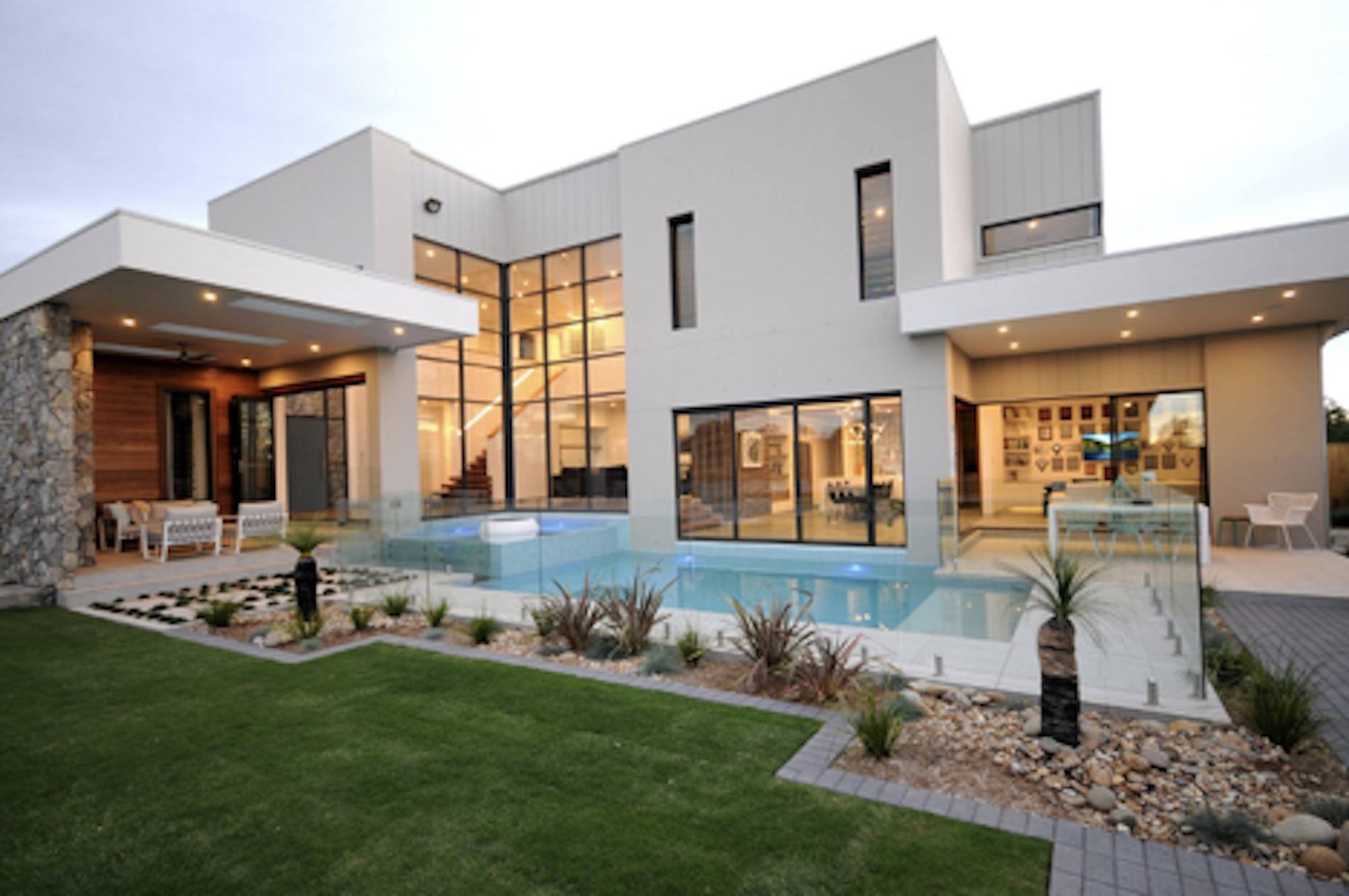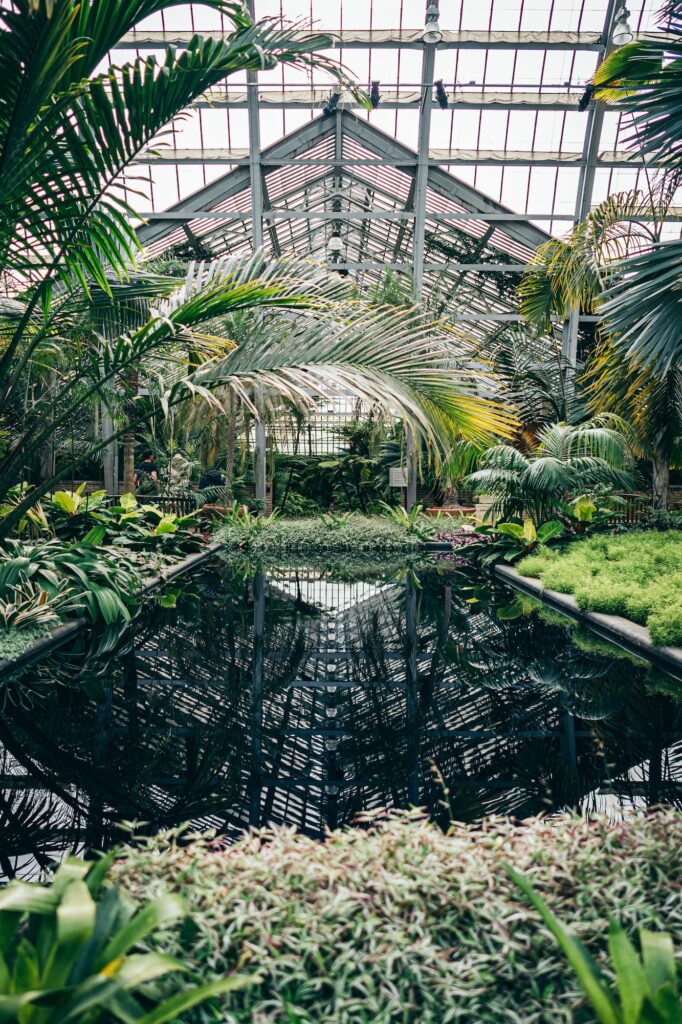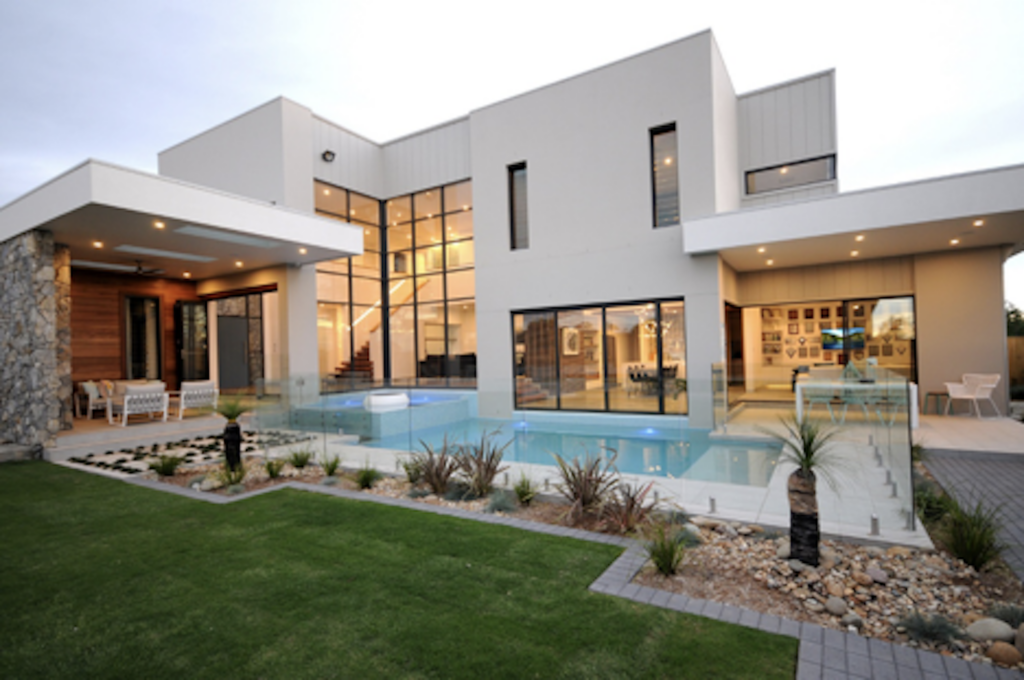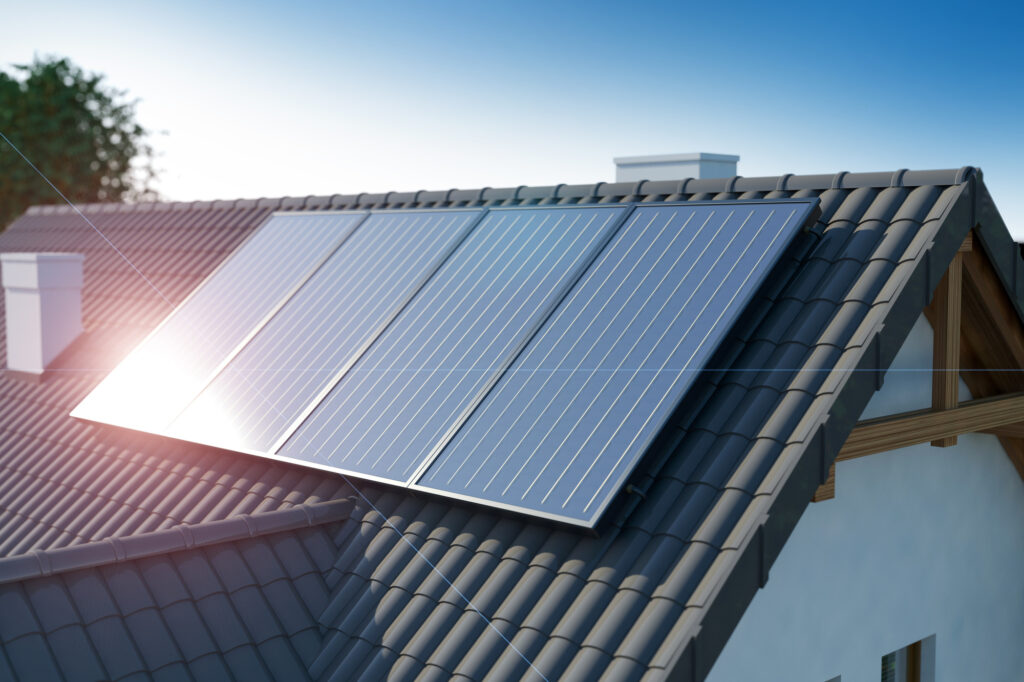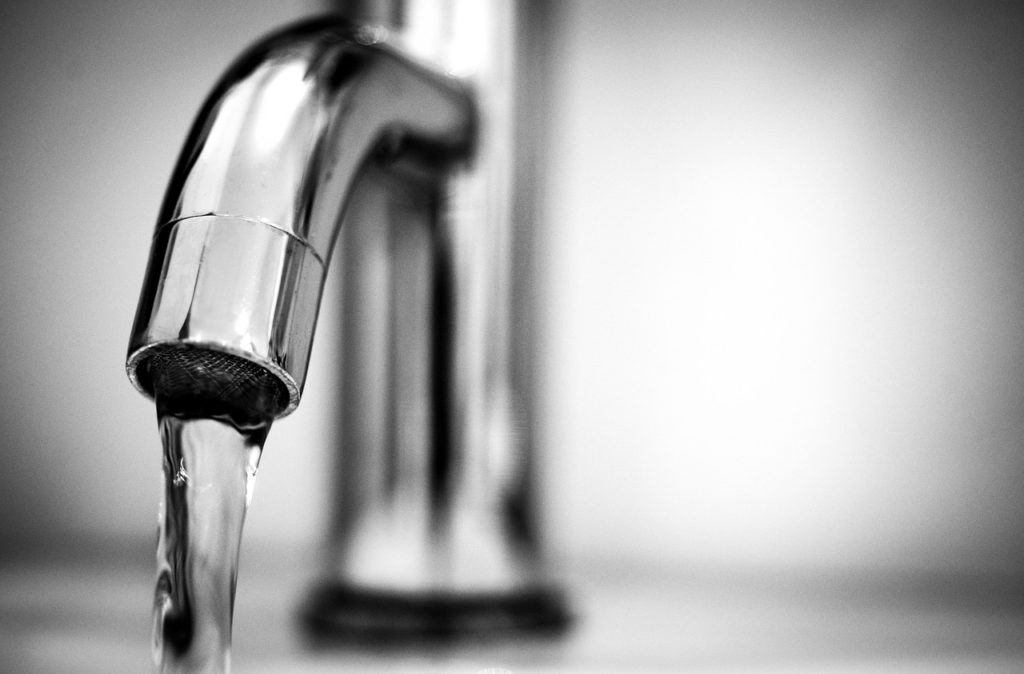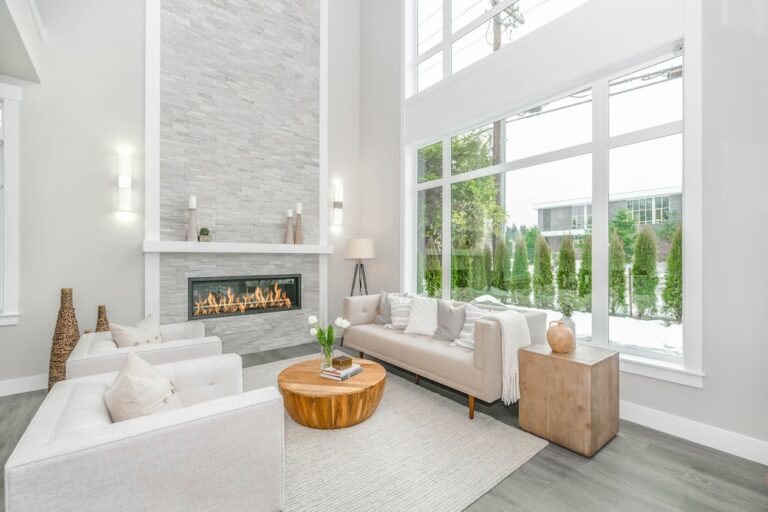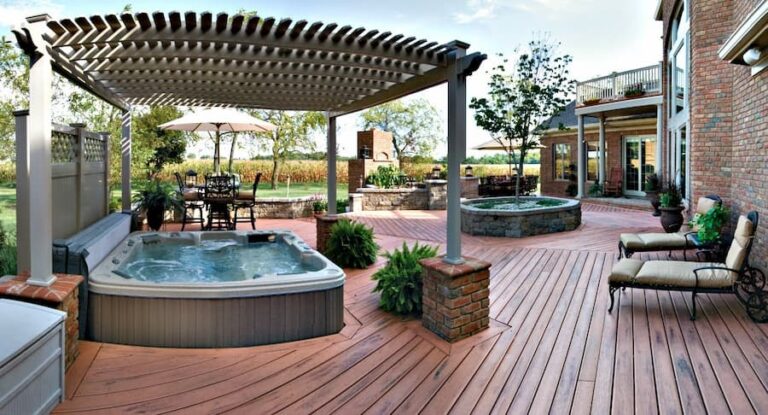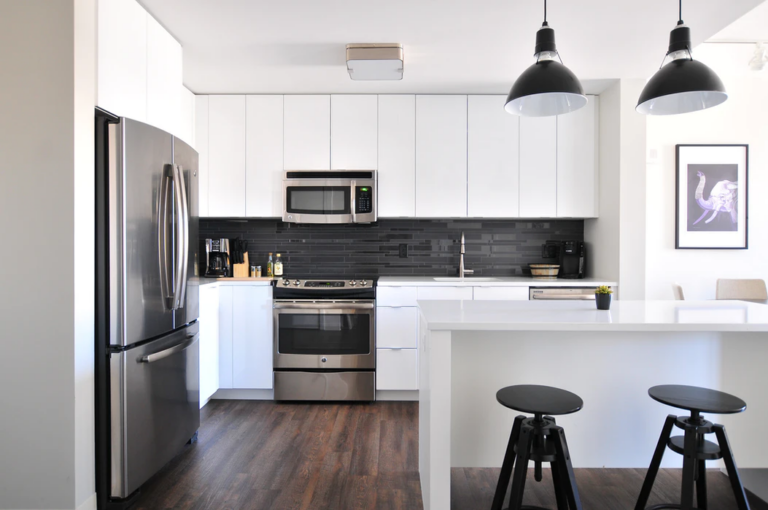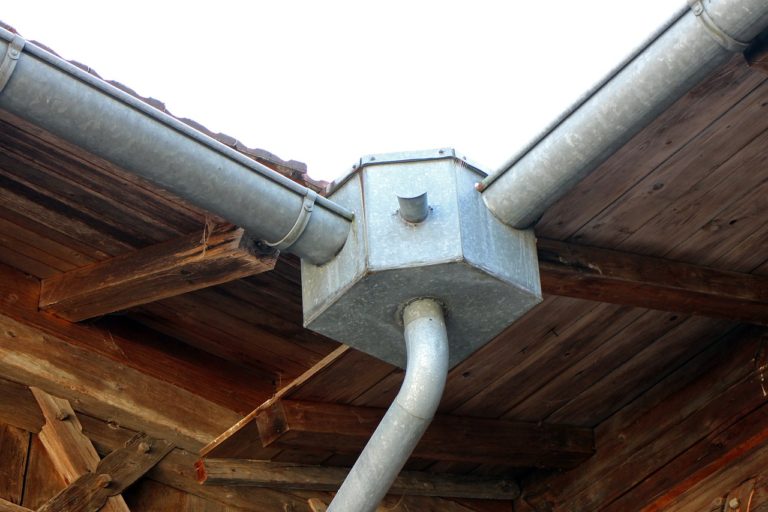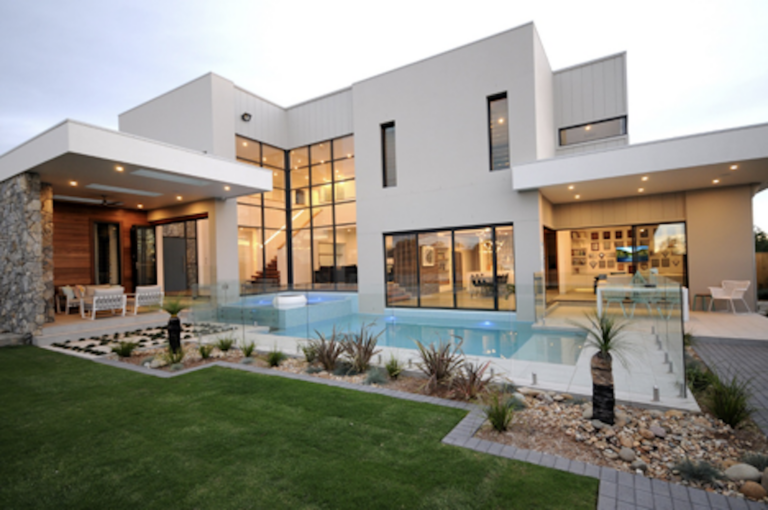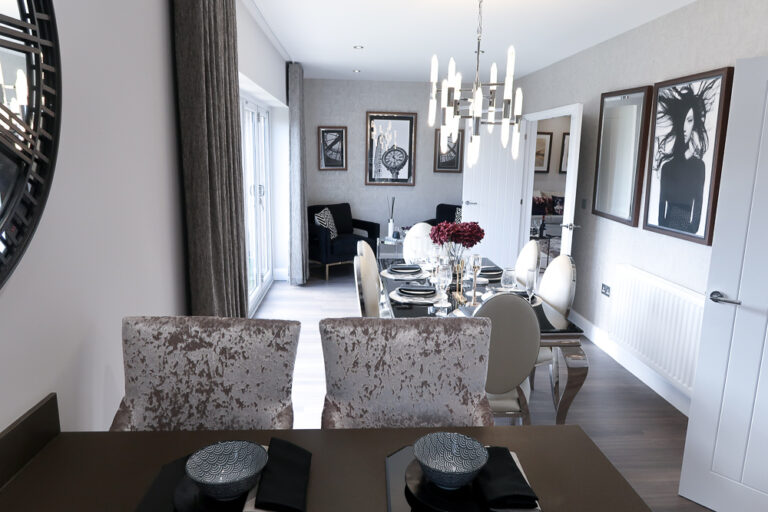5 Top Reasons to Invest in an Eco-Friendly Home
With the debate on global warming, eco-friendly homes, pollution and rampant misuse of earth’s natural resources becoming hotter every day, more people are waking up to the importance of natural resource conservation. One of the most effective ways of reducing the carbon footprint for prospective home buyers is switching to sustainable building construction technologies.
5 Top Reasons to Invest in an Eco-Friendly Home
What Is an Eco-Friendly House?
An eco-friendly house aims to minimize the environmental impact of its construction and use. Typically, sustainable houses are in harmony with their environment, using construction materials that are natural, non-polluting, and recyclable, and consume less energy. Greenhouses minimise pollution, reduce energy losses, and save natural resources and money. Some of the top benefits of eco-friendly homes are explained:
Low Cost of Maintenance and Operation
Green buildings target the efficient use of natural resources like indigenous materials and minimize energy and water consumption during construction and use. For example, natural construction materials like stone and terracotta available locally or recycled materials like metal and glass can help to reduce the environmental impact.
Further, architectural features can improve ventilation, maximize natural light, and reduce energy requirements. While the upfront cost of an eco-friendly house from Konnect Building Solutions may be higher than conventional construction, the overall ownership and operation cost can be significantly lower in the long run.
Energy Efficiency
Burning fossil fuels is among the prime reasons for pollution and global warming. Green buildings aim to reduce dependency on conventional fuels to the maximum extent by various means. The construction may be of native materials to replace concrete that has a massive carbon footprint. The design may encourage the ingress of natural light to reduce the use of artificial lighting. Further, solar panels on the rooftop may be viable for meeting energy needs.
Rainwater harvesting can reduce dependency on groundwater and the cost of pumping it. Eco-friendly homes typically use energy-efficient lighting, heating, and household appliances. According to Forbes, a tankless water heating system can save significant energy.
Better Indoor Environment
Eco-friendly homes focus on improving the quality of the environment inside to offer better, healthier, and safer living conditions using ergonomics, lighting, thermal conditions, and air quality. Good indoor environment quality improves the quality of life by reducing stress and safeguarding the health of the residents. Using more eco-friendly construction materials and better architectural design facilitates conservation and reduces the carbon footprint.
Water Efficiency
According to experts, freshwater, once abundant, will soon become one of the world’s most scarce resources. Water efficiency is a focal point of eco-friendly homes to enable people to use water efficiently and practice conservation to ensure a clean, reliable, and adequate supply of fresh water for future generations. Having an effective water recycling system that includes rainwater harvesting and installing efficient plumbing fixtures that use wastewater, are the hallmarks of an eco-friendly home.
Conclusion
Living in eco-friendly and sustainable homes has proven to offer numerous benefits to homeowners. One of the most significant advantages is the safer nature of the construction materials, which promotes healthier living. These homes also promote the use of high-efficiency materials that utilise fewer resources without compromising the outcome.
Moreover, eco-friendly homes use less energy and water, resulting in a considerably reduced carbon footprint. This translates to lower maintenance and operating costs, making them a cost-effective investment for any homeowner. These homes also provide a better indoor environment, which improves the quality of life for the occupants.
Another advantage of investing in an eco-friendly home is the promotion of water efficiency. By reducing water usage and costs, homeowners can contribute to conserving the planet’s resources. As more people become environmentally conscious, investing in an eco-friendly home has become a smart choice that benefits both homeowners and the planet.
In conclusion, investing in an eco-friendly home offers numerous benefits that go beyond just saving the environment. These homes are designed to be sustainable, energy-efficient, and cost-effective, making them a wise investment for any homeowner. By choosing an eco-friendly house, you can make a positive impact on the environment while enjoying the benefits of a modern, efficient home

